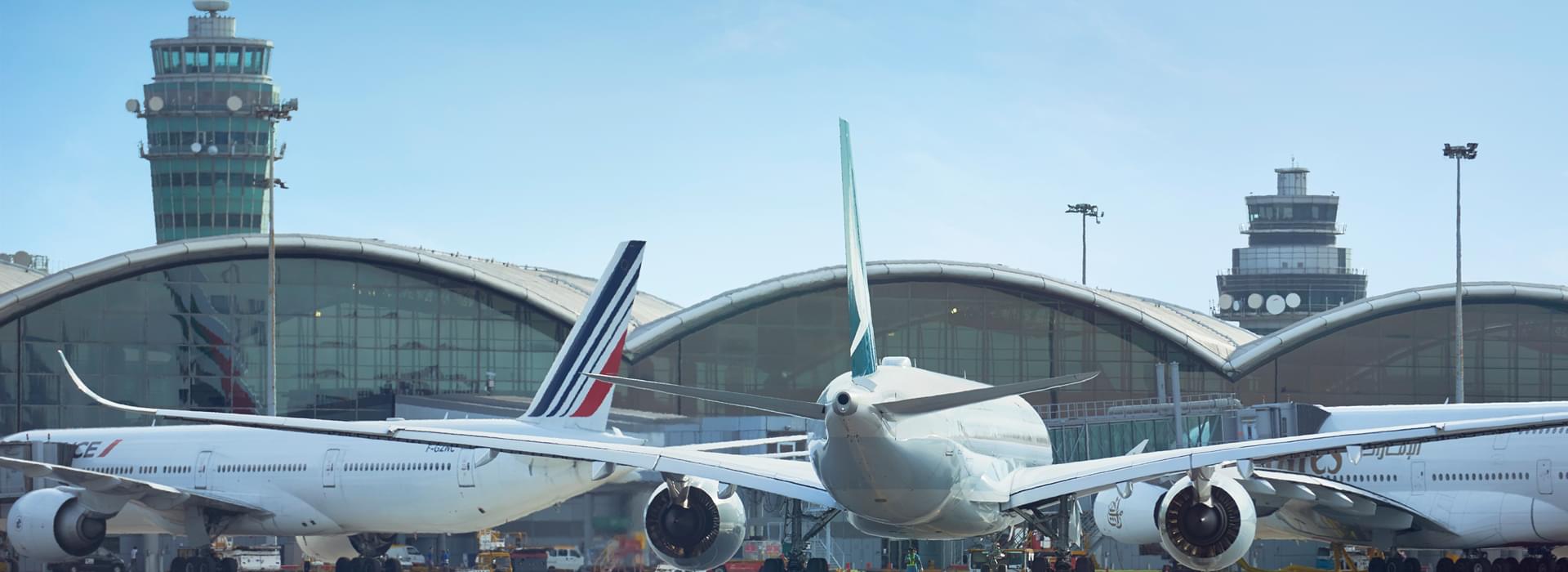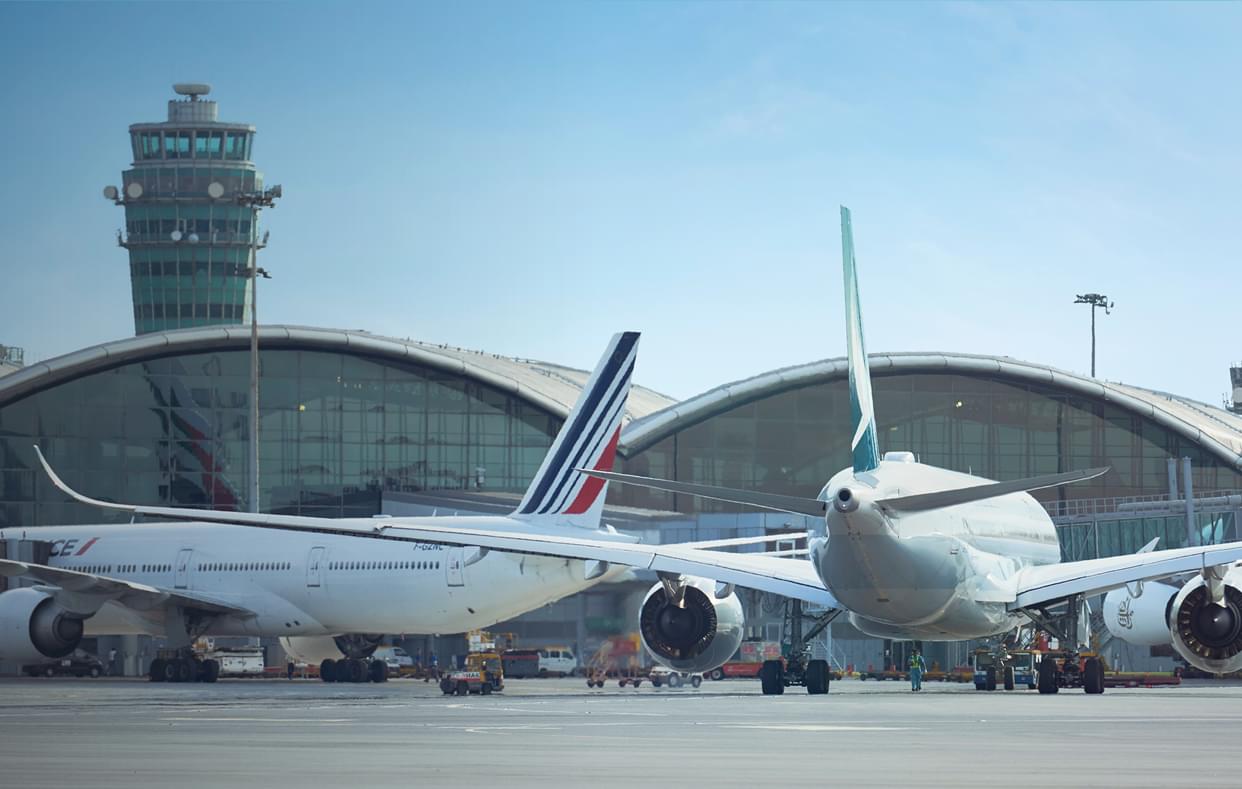

HKIA's throughput reached 70.5 million passengers and 4.64 million tonnes of cargo in 2016/17. According to the traffic forecast from the International Air Transport Association (IATA) in 2012, it is expected that HKIA’s throughput will grow to 102.3 million passengers and 8.9 million tonnes of cargo by 2030.
Meeting Hong Kong’s growing demand for air transport at world-class service levels is a constant challenge. Before the completion of the three-runway system (3RS) to meet the city’s long-term air traffic demand, we are striving to enhance the existing two-runway system (2RS) through facilities expansion and adoption of innovative technologies for process improvement.
Over the past years, we have been proactively exploring and leveraging technology applications to enhance operational efficiency.
A-CDM is a tool that helps to improve the overall operational efficiency of the airport by enabling airport stakeholders to work together through the sharing of updated and accurate operational data. In 2016/17, we organised four workshops with the airport community to collect their feedback and identify the system requirements. In July 2017, we started to implement HKIA A-CDM in phases. It provides tracking of the turnaround process and aircraft pre-departure sequencing, thus improving the airlines’ departure on-time-performance and optimising the utilisation of aircraft parking stands.
In November 2015, we introduced a GPS-based Vehicle Tracking System (VTS) to provide real-time tracking of the locations and movements of all vehicles and motorised equipment on the airside. The VTS allows operators to deploy their vehicles more efficiently, and helps to improve the safety and efficiency of airside operations. Over 3,000 airfield vehicles and motorised ground service equipment (GSE) were equipped with VTS in 2016/17. We will continue to explore other means of equipment location tracking and extend the usage to over 7,000 non-motorised vehicles and GSE such as baggage dollies and passenger steps by 2020.